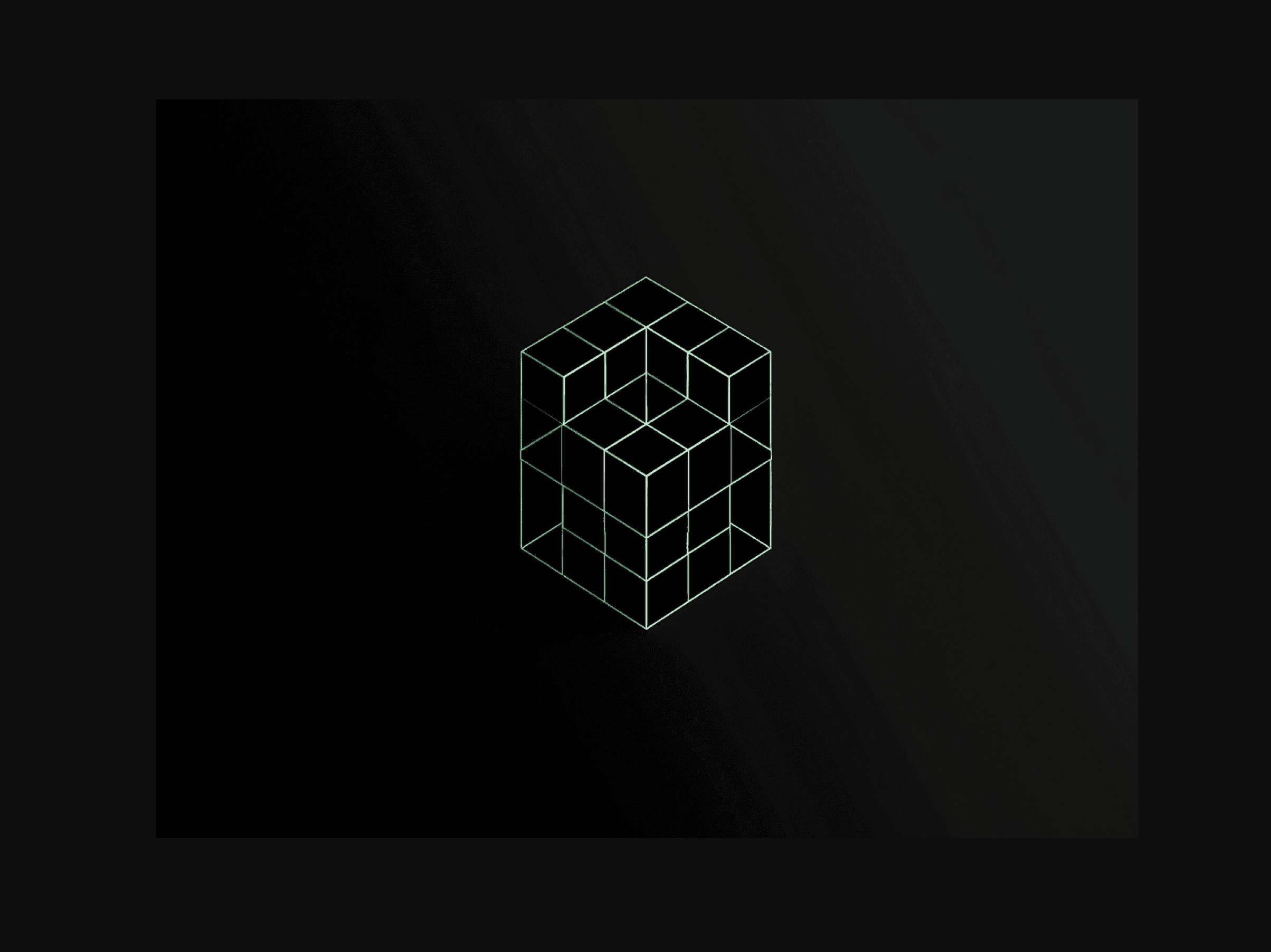Product discovery is the product development phase where teams determine what to build to meet customer needs and business goals. Market research is crucial in this phase, as it helps analyze the competitive landscape and validate assumptions with data. Unlike product delivery which is about building and shipping the product, product discovery is about continuous customer engagement to make informed decisions about product features and improvements.
Why Continuous Product Discovery
In the fast paced digital world, successful companies know products are never really done. Continuous iteration and improvement is necessary to stay ahead. Creating a Minimum Viable Product (MVP) allows teams to test prototypes with users, gather feedback, and iterate through multiple versions before reaching a fully functional product. Facebook and Netflix are the perfect examples of this mindset. They are always evolving, introducing new features and improving the user experience.
Good product discovery keeps the customer involved in the decision making process. This engagement helps teams overcome the curse of knowledge so they understand the product from the customer’s perspective.
Key Activities in Product Discovery
Good product discovery teams do two main activities a week: customer interviewing and assumption testing.
These activities are crucial for understanding users' main problems and finding the best potential solutions.
Customer Interviewing and Feedback
Goal: Discover customer needs, pain points and desires (opportunities) through specific stories rather than direct questions.
Method: Conduct weekly user research interviews to stay up to date on the evolving opportunity space.
Assumption Testing
Goal: Validate solutions by testing assumptions and gathering valuable insights.
Method: Use rapid assumption tests like prototype tests, one question surveys, data mining and research spikes.
The Product Discovery Process
Good product discovery follows a clear structure: Start with an outcome, discover opportunities and then discover solutions.
It is crucial to refine and execute your own product discovery process to ensure it aligns with your unique work environment.
Desired Outcomes
Business Outcomes: Financial metrics like customer acquisition or reduced churn.
Product Outcomes: Customer behavior within the product that supports the business outcomes.
Discovering Opportunities
Opportunities are customer needs and pain points. The goal is to find opportunities that drive the product outcome.
Discovering Solutions
The solution space is infinite. Teams need to test multiple solutions to find the best ones.
Who does Product Discovery? The Role of Product Teams
A product trio – product manager, design lead, and tech lead – typically leads product discovery, often supported by product teams. But this doesn’t mean others can’t contribute. Collaboration is key to successful product discovery.
Challenges of Product Discovery
Product discovery isn’t without its challenges:
Disconnected Research: Customer research should be continuous and integrated with product discovery.
Isolated Product Managers: Product discovery requires buy in and collaboration from the whole team.
Incomplete Information: Data must be centralized and accessible so decisions aren’t made on incomplete information.
Communication Issues: Clear communication of product decisions and the reasoning behind them is key to avoid pushback and misalignment.
Effective product management plays a crucial role in addressing these challenges by ensuring that all aspects of product discovery are aligned with the overall strategy and goals.
How to do Product Discovery with Dynamic Product Discovery
Dynamic product discovery enables product managers and integrates discovery with delivery systems so it’s continuous, data driven and collaborative.
Key Features of Dynamic Product Discovery:
Continuous and Dynamic: Roadmaps are updated as new data is found and objectives change.
Integrated: Connects seamlessly with delivery systems for transparency and context sharing.
Data Driven: Centralises all relevant data including customer feedback and sales demands.
Team Oriented: Involves the product team in problem identification, solution brainstorming, and prioritisation, emphasizing collaboration with other organizational stakeholders.
Benefits of Dynamic Product Discovery
Dynamic product discovery turns ideas into successful products and builds alignment and buy in across the organisation. It minimises surprises and miscommunication so product managers can make confident data driven decisions.
Product Led Growth (PLG)
Product led growth is a business methodology where the product itself drives user acquisition, expansion, conversion and retention. This means all company teams are aligned around the product as the main driver of growth.
Going Product Led
Becoming product led involves big organisational and product changes:
Organisational Change: Create a user centric culture and continuous feedback.
Product Excellence: Make the product intuitive, valuable and continuously improving based on user feedback.
Product Led Companies
Zoom
Grew from a small startup to a market leader with a product led strategy.
Other:
Airtable: Has grown revenue significantly.
Slack: Used by Fortune 100 companies.
Figma: Acquired by Adobe for $20 billion because of its user centric design.
Product Discovery and Product Led Growth
Product discovery with a product led growth strategy means the product will always evolve to meet customer needs and drive business growth.
A well-defined product roadmap plays a crucial role in product discovery and product-led growth by organizing user research, aligning strategy and goals, and providing the team with the freedom and autonomy needed for effective product discovery.
Conclusion
Product discovery and product led growth is key to successful user centric products. Engage with customers, validate assumptions and collaborate to grow sustainably and win in the market.




